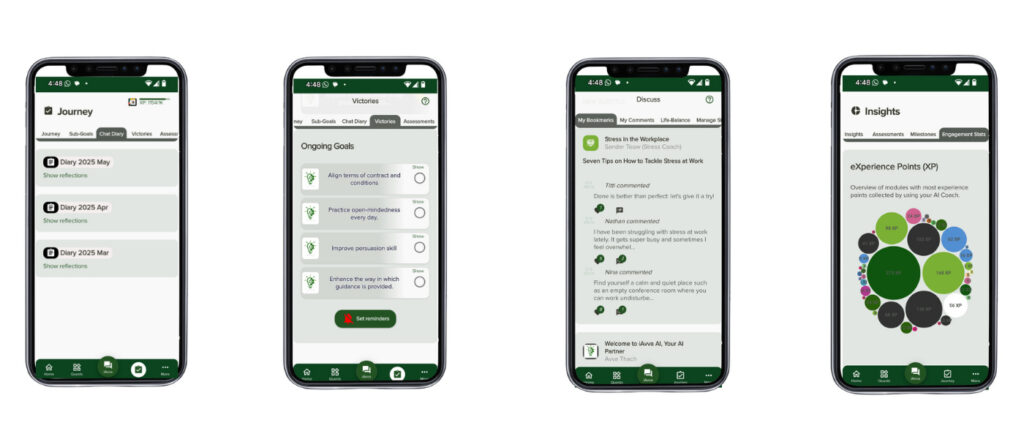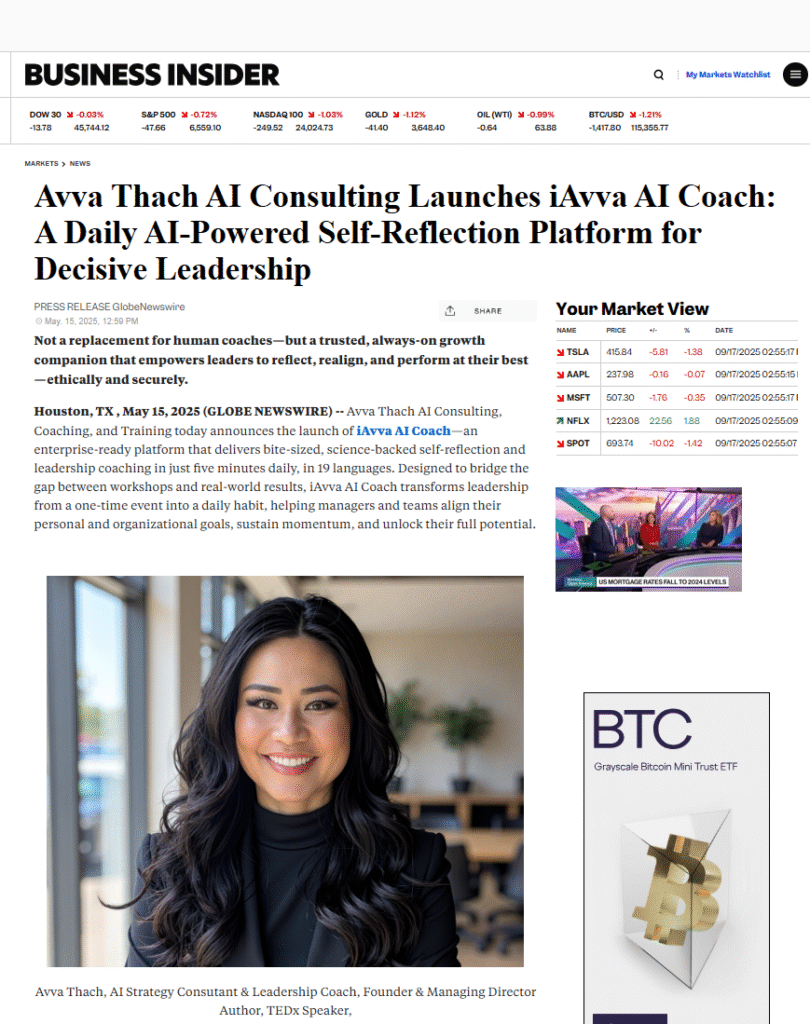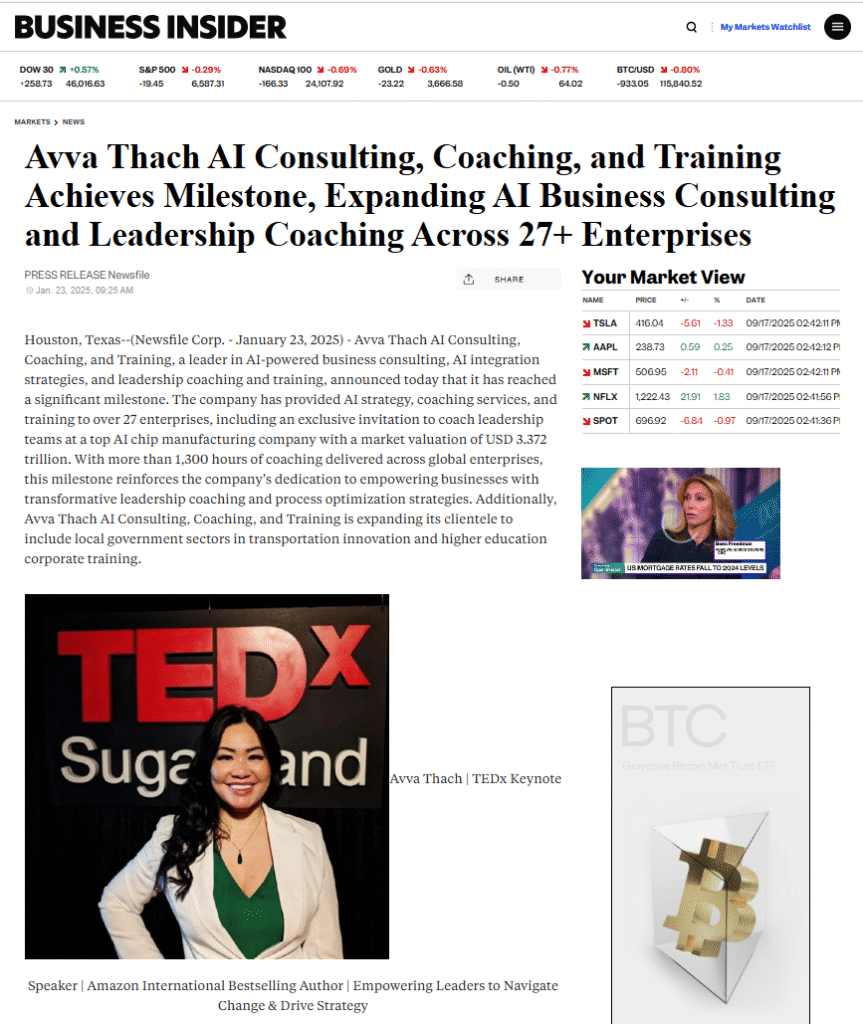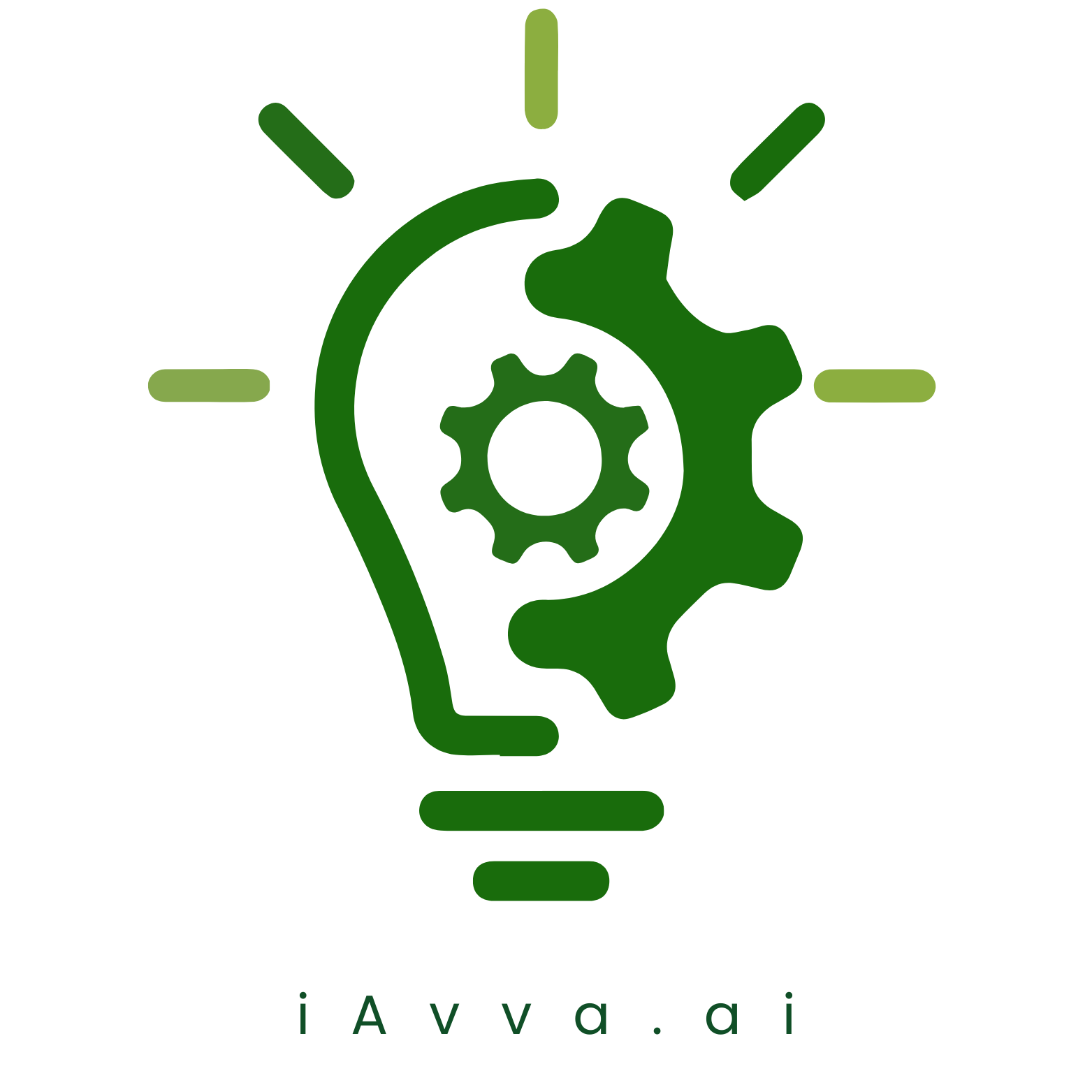Reliability-Centered Maintenance (RCM) software is a pivotal tool in the realm of asset management and maintenance strategies. At its core, RCM software is designed to enhance the reliability and performance of physical assets by systematically analyzing their functions and potential failures. This approach not only helps organizations to maintain their equipment but also optimizes maintenance schedules, thereby reducing downtime and operational costs.
The fundamental principles of RCM revolve around understanding the functions of assets, identifying failure modes, and determining the consequences of those failures. This structured methodology enables organizations to develop maintenance strategies that are not only proactive but also tailored to the specific needs of their operations.
RCM software serves as a repository for this information, providing a centralized platform where data can be analyzed and maintenance strategies can be developed. As organizations increasingly rely on technology to manage their assets, understanding the basics of RCM software becomes essential for achieving operational excellence.
Key Takeaways
- Understand the core functions and benefits of RCM software before selection.
- Choose RCM software that aligns with your organization’s specific needs and workflow.
- Provide thorough training to ensure your team uses the software effectively.
- Customize and integrate RCM software with existing systems for optimal performance.
- Use RCM software data for predictive maintenance, compliance, and measuring implementation success.
Choosing the Right RCM Software for Your Organization
Selecting the appropriate RCM software for your organization is a critical decision that can significantly impact your maintenance strategy. The first step in this process is to assess your organization’s specific needs and objectives. Different industries have varying requirements when it comes to asset management, and understanding these nuances is essential for making an informed choice.
Factors such as the size of your organization, the complexity of your assets, and your existing maintenance practices should all be considered when evaluating potential RCM solutions. Once you have a clear understanding of your needs, it is important to conduct thorough research on available RCM software options. Look for solutions that offer features aligned with your objectives, such as predictive analytics, reporting capabilities, and user-friendly interfaces.
Additionally, consider the scalability of the software; as your organization grows, your RCM software should be able to adapt to changing requirements. Engaging with vendors for demonstrations and trials can provide valuable insights into how well a particular solution fits your organization’s needs.
Implementing RCM Software into Your Workflow

The implementation of RCM software into your existing workflow requires careful planning and execution. A successful rollout begins with a comprehensive strategy that outlines the steps involved in integrating the software into daily operations. This may include defining key performance indicators (KPIs) that will be used to measure the effectiveness of the software, as well as establishing timelines for each phase of the implementation process.
Engaging stakeholders from various departments early in the process can help ensure buy-in and facilitate smoother transitions. During implementation, it is crucial to address potential challenges that may arise. Resistance to change is common in organizations, especially when introducing new technology.
To mitigate this, clear communication about the benefits of RCM software and how it will enhance existing processes is essential. Additionally, providing ongoing support during the transition period can help alleviate concerns and encourage team members to embrace the new system. By fostering a culture of collaboration and adaptability, organizations can successfully integrate RCM software into their workflows.
Training Your Team to Use RCM Software Effectively
Training is a vital component of successfully implementing RCM software within an organization. Even the most advanced software will not yield results if users are not adequately trained on how to utilize its features effectively. A well-structured training program should encompass both initial onboarding sessions for new users and ongoing training opportunities for existing staff.
This ensures that all team members are equipped with the knowledge and skills necessary to leverage the software’s capabilities fully. In addition to formal training sessions, organizations should consider creating a knowledge-sharing environment where team members can exchange tips and best practices related to RCM software usage. This could involve regular workshops or informal meetups where users can discuss challenges they face and share solutions they have discovered.
By fostering a culture of continuous learning, organizations can enhance user proficiency and confidence in using RCM software, ultimately leading to improved maintenance outcomes.
Customizing RCM Software to Fit Your Organization’s Needs
| Metric | Description | Typical Value / Range | Importance |
|---|---|---|---|
| Claim Denial Rate | Percentage of medical claims denied by payers | 5% – 15% | High |
| Days in Accounts Receivable (AR) | Average number of days to collect payments | 30 – 45 days | High |
| Clean Claim Rate | Percentage of claims submitted without errors | 85% – 95% | High |
| First Pass Resolution Rate | Percentage of claims resolved on first submission | 70% – 90% | High |
| Cost to Collect | Operational cost per dollar collected | 1% – 3% | Medium |
| Patient Payment Collection Rate | Percentage of patient payments collected at point of service | 60% – 80% | Medium |
| Net Revenue | Total revenue collected after adjustments and denials | Varies by organization | High |
| Automation Rate | Percentage of revenue cycle processes automated by software | 40% – 70% | Medium |
One of the key advantages of RCM software is its ability to be customized to meet the unique needs of an organization. While many solutions come with standard features, tailoring the software to align with specific operational requirements can significantly enhance its effectiveness. Customization may involve configuring workflows, setting up alerts for critical maintenance tasks, or integrating specific reporting metrics that are relevant to your industry.
Engaging with software vendors during the customization process is essential to ensure that the modifications align with best practices in asset management. Additionally, involving end-users in this process can provide valuable insights into how the software can be tailored to better serve their needs. By taking a collaborative approach to customization, organizations can create an RCM solution that not only meets their current requirements but also has the flexibility to adapt as those needs evolve over time.
Integrating RCM Software with Other Systems

For RCM software to deliver maximum value, it must be integrated with other systems within the organization. This integration allows for seamless data flow between different platforms, enhancing overall efficiency and decision-making capabilities. Common systems that may need integration include Enterprise Resource Planning (ERP) systems, Computerized Maintenance Management Systems (CMMS), and inventory management tools.
By connecting these systems, organizations can create a holistic view of their operations. The integration process should be approached strategically, with careful consideration given to data compatibility and workflow alignment. Organizations should work closely with IT teams and software vendors to ensure that integration efforts are executed smoothly.
Additionally, establishing clear protocols for data sharing and communication between systems can help prevent data silos and ensure that all stakeholders have access to relevant information when making decisions.
Utilizing RCM Software for Predictive Maintenance
One of the most powerful applications of RCM software is its ability to facilitate predictive maintenance strategies. By leveraging data analytics and machine learning algorithms, organizations can identify patterns in asset performance and predict potential failures before they occur. This proactive approach not only minimizes unplanned downtime but also extends the lifespan of equipment by addressing issues before they escalate.
To effectively utilize RCM software for predictive maintenance, organizations must ensure that they are collecting high-quality data from their assets. This may involve implementing sensors or IoT devices that provide real-time monitoring capabilities.
By adopting predictive maintenance practices, organizations can optimize their maintenance schedules and reduce costs associated with reactive repairs.
Leveraging RCM Software for Data Analysis and Reporting
Data analysis and reporting are integral components of effective asset management, and RCM software excels in these areas. The ability to analyze historical data related to asset performance allows organizations to identify trends and make informed decisions about maintenance strategies. Furthermore, robust reporting capabilities enable teams to communicate findings clearly and effectively across departments.
Organizations should take advantage of customizable reporting features within their RCM software to create reports that align with their specific goals and objectives. This may include generating reports on equipment reliability, maintenance costs, or compliance metrics. By leveraging data analysis and reporting tools effectively, organizations can gain valuable insights into their operations and make data-driven decisions that enhance overall performance.
Streamlining Maintenance Processes with RCM Software
RCM software plays a crucial role in streamlining maintenance processes by automating routine tasks and providing a centralized platform for managing maintenance activities. By automating scheduling, work order generation, and tracking of maintenance tasks, organizations can reduce administrative burdens on staff and ensure that critical tasks are completed on time. Additionally, RCM software facilitates better communication among team members by providing a shared platform where information can be easily accessed and updated.
This transparency helps prevent miscommunication and ensures that everyone is on the same page regarding maintenance priorities. By streamlining maintenance processes through effective use of RCM software, organizations can enhance productivity and focus on strategic initiatives that drive value.
Ensuring Compliance and Regulatory Requirements with RCM Software
In many industries, compliance with regulatory requirements is paramount for operational success. RCM software can assist organizations in meeting these requirements by providing tools for documentation, tracking compliance metrics, and generating reports needed for audits or inspections. By maintaining accurate records of maintenance activities and asset performance, organizations can demonstrate compliance with industry standards.
Moreover, RCM software often includes features that help organizations stay informed about changes in regulations or industry best practices. This proactive approach enables teams to adjust their maintenance strategies accordingly and avoid potential penalties associated with non-compliance. By leveraging RCM software as a compliance tool, organizations can mitigate risks while ensuring that they adhere to necessary regulations.
Measuring the Success of RCM Software Implementation
To determine the effectiveness of RCM software implementation, organizations must establish clear metrics for success from the outset. Key performance indicators (KPIs) such as reduced downtime, improved asset reliability, decreased maintenance costs, and enhanced compliance rates should be monitored regularly to assess progress toward goals. By analyzing these metrics over time, organizations can gain insights into how well the software is performing and identify areas for improvement.
Regular reviews of performance data should be conducted to ensure that the implementation remains aligned with organizational objectives. Feedback from users is also invaluable in this process; understanding their experiences with the software can provide insights into usability issues or additional training needs. By continuously measuring success and making necessary adjustments, organizations can maximize the value derived from their investment in RCM software while driving ongoing improvements in asset management practices.
In the realm of revenue cycle management (RCM) software, understanding the impact of effective leadership coaching can significantly enhance team performance and operational efficiency. For insights into how leadership coaching can drive success in various sectors, you can refer to the article on the science behind effective leadership coaching, which discusses what truly works in this field. Check it out here: The Science Behind Effective Leadership Coaching.
FAQs
What is RCM software?
RCM software stands for Revenue Cycle Management software. It is a digital tool designed to help healthcare providers manage the financial processes associated with patient care, including billing, claims processing, payment collection, and revenue tracking.
How does RCM software benefit healthcare providers?
RCM software streamlines the billing and payment process, reduces errors, accelerates claim approvals, improves cash flow, enhances compliance with regulations, and provides detailed financial reporting, ultimately increasing the efficiency and profitability of healthcare organizations.
Who uses RCM software?
RCM software is primarily used by hospitals, clinics, medical practices, and other healthcare providers. It is also utilized by billing companies and healthcare administrators responsible for managing patient accounts and revenue cycles.
What features are commonly found in RCM software?
Common features include patient registration, insurance verification, claims management, payment posting, denial management, reporting and analytics, compliance tracking, and integration with electronic health records (EHR) systems.
Is RCM software compliant with healthcare regulations?
Yes, reputable RCM software is designed to comply with healthcare regulations such as HIPAA (Health Insurance Portability and Accountability Act) to ensure patient data privacy and security during financial transactions.
Can RCM software integrate with other healthcare systems?
Most RCM software solutions offer integration capabilities with electronic health records (EHR), practice management systems, and other healthcare IT platforms to provide seamless data exchange and improve workflow efficiency.
What types of healthcare providers can benefit from RCM software?
Both small and large healthcare providers, including individual practitioners, group practices, hospitals, outpatient facilities, and specialty clinics, can benefit from using RCM software to manage their revenue cycles effectively.
How does RCM software handle insurance claims?
RCM software automates the submission of insurance claims, tracks their status, manages denials or rejections, and facilitates timely resubmission, helping to reduce delays and improve reimbursement rates.
Is training required to use RCM software?
Yes, most RCM software providers offer training and support to ensure users can effectively navigate the system, understand its features, and optimize revenue cycle processes.
What factors should be considered when choosing RCM software?
Key factors include ease of use, integration capabilities, compliance with regulations, customer support, scalability, cost, and the specific needs of the healthcare organization.





















Leave a Reply